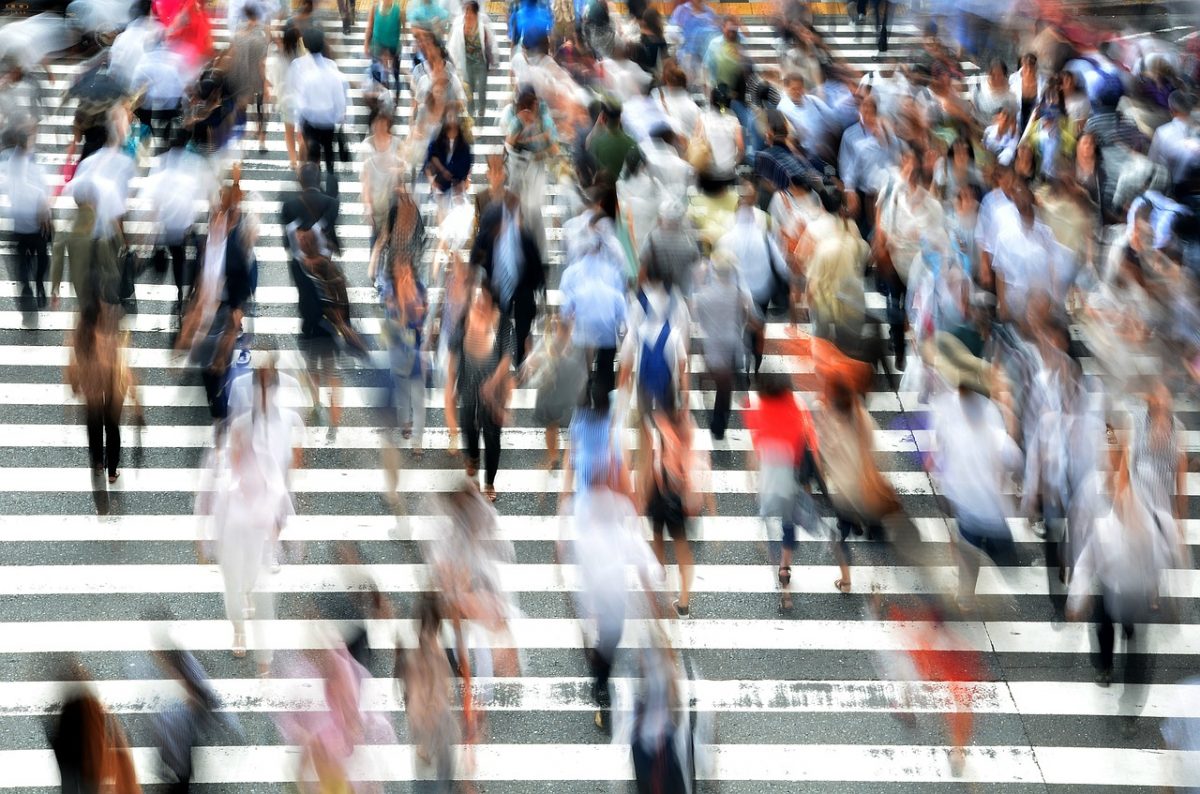The country of Japan is actually a chain of more than 6,500 islands ranging in size from tiny sandbars to the main island of Honshu, with an area of nearly 90,000 square miles (230,000 square kilometers). As an island nation, Japan enjoys only a limited amount of space to hold its bustling, vibrant cities.
You’ve likely seen photographs of people pressed together in crowded trains and subways in Japan. If you are planning a trip to this unique country, do not be intimidated.
Public transportation in Japan seldom reaches the pitch displayed in some viral videos. With a little prior planning, you can avoid the crowds all together. Consider the following information and travel tips to make your Japanese vacation one to remember.
Looking for travel tips for avoiding the crowds? Apply these simple tips to keep yourself informed and to avoid any annoying travel delays.
Table of Contents
Avoid traveling during rush hour
Especially when visiting large cities such as Tokyo and Osaka, you will want to avoid traveling during rush hour. Throughout Japan, rush hour typically lasts from 7 AM to 9 AM each morning, and 5 PM to 7 PM each evening. These are the times when many residents and going and coming from secular employment.
The morning rush hour tends to be a bit heavier than the evening rush hour. Sunday afternoons are another busy time, as many people are off from work or returning from weekend travels.
If you’ve flown in from another time zone, you may find yourself waking at odd hours due to jet lag. If so, take advantage of this! Trains begin operating at 5 AM, so if you are an early riser, beat the rush by arriving at your destination before 7 AM.
To avoid the evening pedestrian congestion, consider taking an early dinner. If planning an evening out, try to arrive at your restaurant of choice before 5 PM. Have a leisurely meal, and rush hour will likely be over before it is time to return to your accommodations.
Take the Shinkansen
This one may look like a no-brainer, but Japan’s famous Shinkansen bullet trains do seldom carry intense rush hour traffic, as they are designed for long-distance rather than local travel.
If you have the option of taking a bullet train or a local train, always choose the Shinkansen, as you will be able to ride most of them for free with the JR Pass.
Traveling during holidays or other busy periods
Unless traveling specifically to experience the holiday festivities, you may wish to avoid planning your vacation during Golden Week or the New Year Holidays. Golden Week lasts from April 29 to May 5 each year and can be longer if a weekend precedes or follows these dates. Many Japanese residents take advantage of these holidays to travel or visit family, so sometimes even the Shinkansen trains will be standing room only.
Read the maps carefully
Pay attention to the legend on maps which identifies distance. In some areas, you may be able to quickly walk from one station to another, bypassing multiple stops. This can save valuable time during rush hour.
For detailed maps of Japan Railways, be sure to check out our Maps page and download your maps in PDF format.
Plan routes and itineraries wisely
Find out where most of the commuter traffic is headed, and plan your activities elsewhere. In Tokyo, for example, the following lines are heavily trafficked by rush hour commuters: the JR Yamanote Line from Ueno to Okachimachi; the JR Chuo Line from Nakano to Shinjuku; the Tokyo Denentoshi Line from Ikejiri Ohashi to Shibuya; the JR Tokaido Line from Kawasaki to Shinagawa; and the JR Sobu Line from Kinshicho to Ryogoku.
You can get the latest information on routes, timetables, schedules, and prices using the Hyperdia website feature or smartphone app.
Learn to locate your platform
Station workers will aid the stream of pedestrian traffic during busy times. Check your ticket for your platform number, and keep an eye out for directive signs.
If traveling during rush hour is essential, try to position yourself on the platform in order to board the first or last car of the train. This will somewhat lessen your wait time when departing.
Remain kind and courteous
Japan may be known for crowded transportation, but it is also known for the courtesy, hospitality, and respectfulness of its people. If you do get stuck in an overcrowded train car or in the dizzying pace of rush hour, remain calm.
Don’t be angry, rude, or pushy; instead, be kind to those around you. If you need help finding a seat or getting to the correct platform, you’ll be amazed at the willingness of others to help if you are able to keep your cool.
Note: Don’t forget to check out our Japanese etiquette tips!
By following the aforementioned tips, you’ll be able to beat the crowds, arrive safely at your destinations, and enjoy an unforgettable Japanese vacation.
